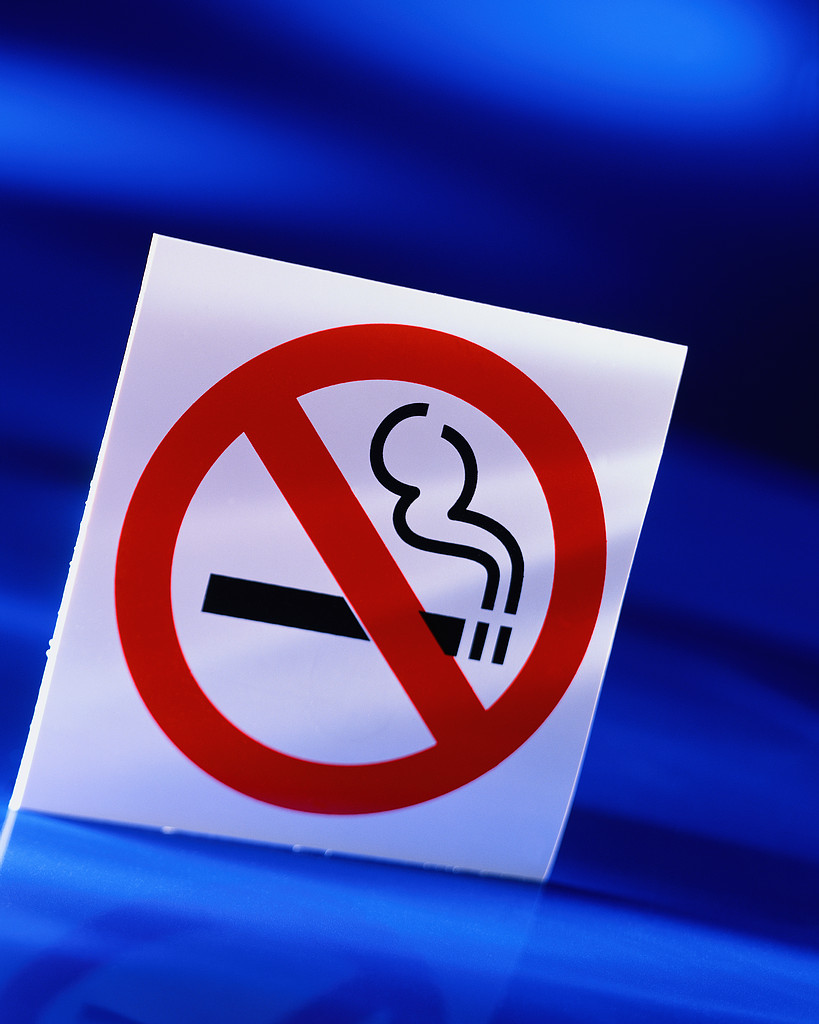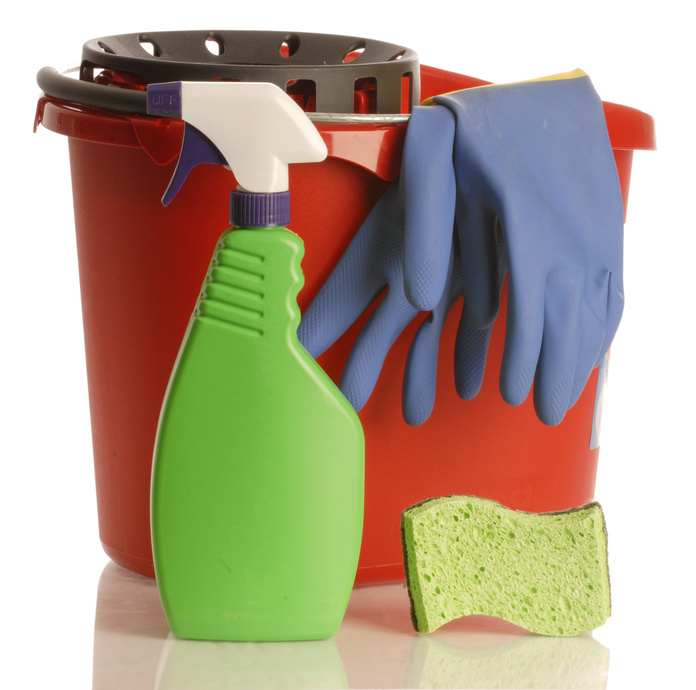Smoke Free Housing
for
Owners, Landlords and Managers
Smoke Free policies are quickly becoming the standard for multi-unit housing in the U.S.[1]
There are no federal or state laws that keep an owner from banning smoking in their buildings or on their properties. Smoke free policies do not ban a smoker from renting or make the smoker quit; they only state that a smoker cannot smoke while on the property or can only smoke in designated areas.
Reasons to ban smoking:
|
It is legal to ban smoking on and in properties.
![]()
Remember, smoke free policies are about the smoke, not the smoker.
-
The federal Fair Housing Act (FHA) implies that landlords are to provide a safe and habitable environment to protect tenants. (6)
-
This means handling all unwanted nuisances such as noise, poor ventilation, heating and secondhand smoke exposure that substantially affects the tenant’s enjoyment of the premises.
-
-
The landlord should take actions to prevent secondhand smoke from causing harm to tenants and affecting their enjoyment of the property.
-
Landlords that do not take action may be liable to legal action should the tenant show they have been harmed
-Breach of the covenant of quiet enjoyment -Negligence -Breach of warranty of habitability -Nuisance -Intentional infliction of emotional distress -Battery -Constructive eviction -Trespass[8]

-
The Americans With Disabilities Act and the FHA state that no one can be discriminated against in workplaces, public places or in housing due to disability.
-
Severe breathing problems are considered a disability. Facilities are required to provide reasonable accommodations to persons with severe breathing disabilities, which may include making the facility totally smoke-free.[9]
-
Connecticut’s code regulating landlord-tenant relations empowers the local health department/ district to determine whether ventilation or other sanitary conditions pose a threat to health, and if so, order the landlord. [10]
|
|
Steps For Going
Smoke Free
(a checklist to implement a smoke free policy) |
Tenant Survey
(find out your tenant's
interest in a smoke
free policy) |
 Smoke Free
Housing Policies and Tenant Lease Addendums |
Sample Letters to
Tenants Announcing
Smoke Free Policies |
|
Smoke Free
Signs |
Resources for
Condominium Owners
and Homeowners Associations |
Resources for Tenants
or Staff who want
to Quit Tobacco Use |
Recommendations for
Cleaning to Transition to Smoke Free Units |
This information is for educational purposes only and is not to be construed as a legal opinion or as a substitute for obtaining legal advice from an attorney.
More Resources for Smoke Free Housing:
National Center for Healthy Housing:www.nchh.org
"Reasons to Explore Smoke-Free Housing" (developed by Smoke-Free Housing New England and Tohn Environmental Strategies for the NCHH)
Smoke-Free Environments Law Project: www.tcsg.org/sfelp/home.htm
Tobacco Control Legal Consortium- http://www.tclconline.org/
Infiltration of Secondhand Smoke into Condominiums, Apartments and Other Multi-Unit Dwellings.
Secondhand Smoke Seepage into Multi-Unit Affordable Housing
Tobacco Technical Assistance Consortium: www.ttac.org
Tobacco Control Legal Consortium: www.tclconline.org
Technical Assistance Legal Center: www.phlpnet.org/tobacco-control
Americans for Nonsmokers' Rights Foundation: www.no-smoke.org
CDC Healthy Homes Manual Smokfree Policies in Multi-Unit Housing
[1] National Center for Healthy Housing, Green & Healthy Housing, Reasons to Explore Smoke-free Housing, Early Fall 2009.
[2] http://articles.moneycentral.msn.com/Insurance/InsureYourHealth/HighCostOfSmoking.aspx
[3http://www.usfa.dhs.gov/downloads/pdf/tfrs/v5i5.pdf U.S. Fire Administration / FEMA.
[4] Technical Assistance Legal Center, There is No Constitutional Right to Smoke, Public Health Institute 2005
[5] U.S. Department of Housing and Urban Development, Notice H 2010-21, Issued September 15, 2010.
[6] http://www.usdoj.gov/crt/housing/title8.htm
[7) http://www.smokefreeforme.org/landlord.php?page=Your+Risks
[8] http://www.tcsg.org/sfelp/kline.htm
[9] http://www.tobacco.neu.edu/tobacco_control/resources/ets/adainfo1.htm
[10] http://www.tcsg.org/sfelp/kline.htm Conn.Gen.Stat. Section 47a-52
[11] http://www.ashrae.org//home
_____________________________________________________________________________________









